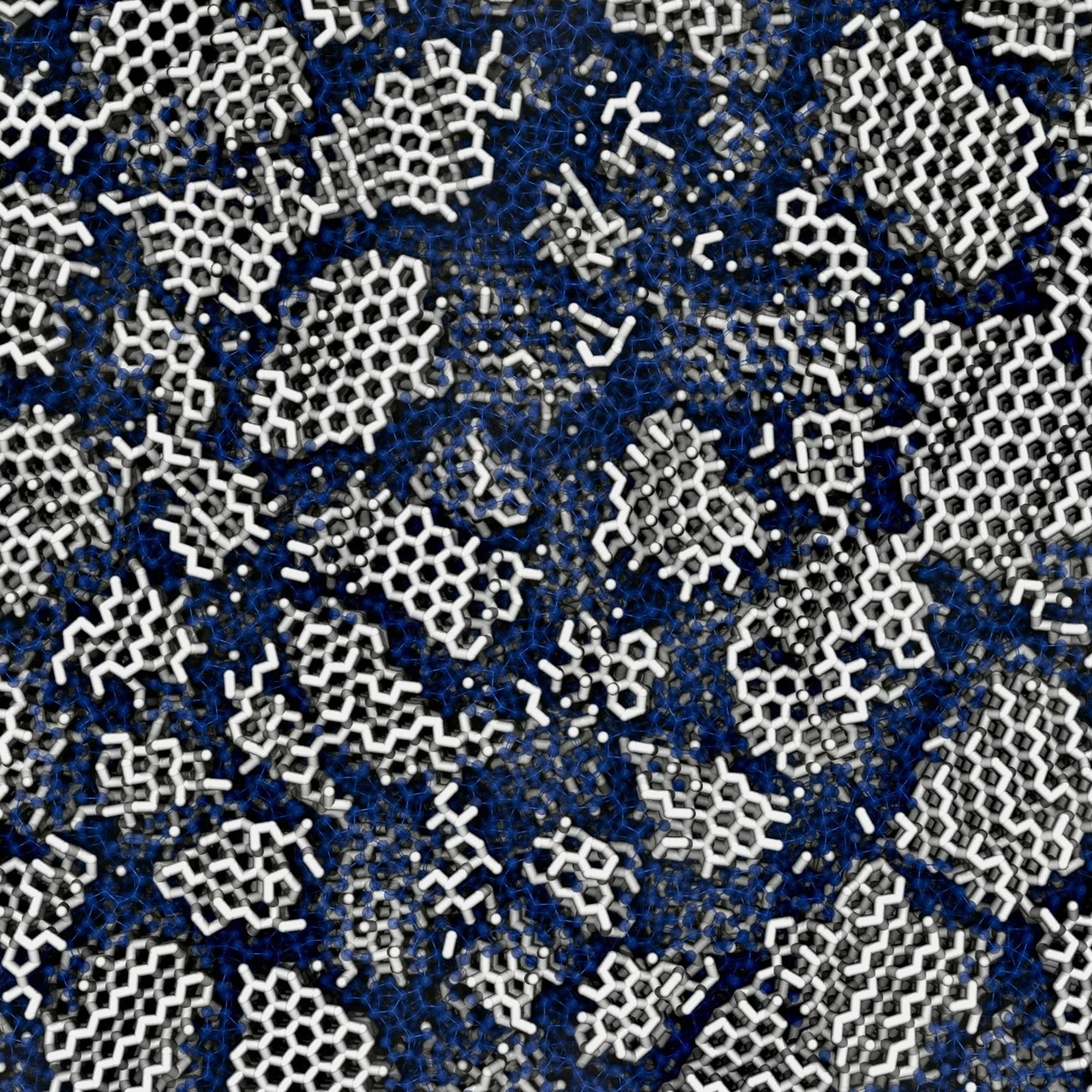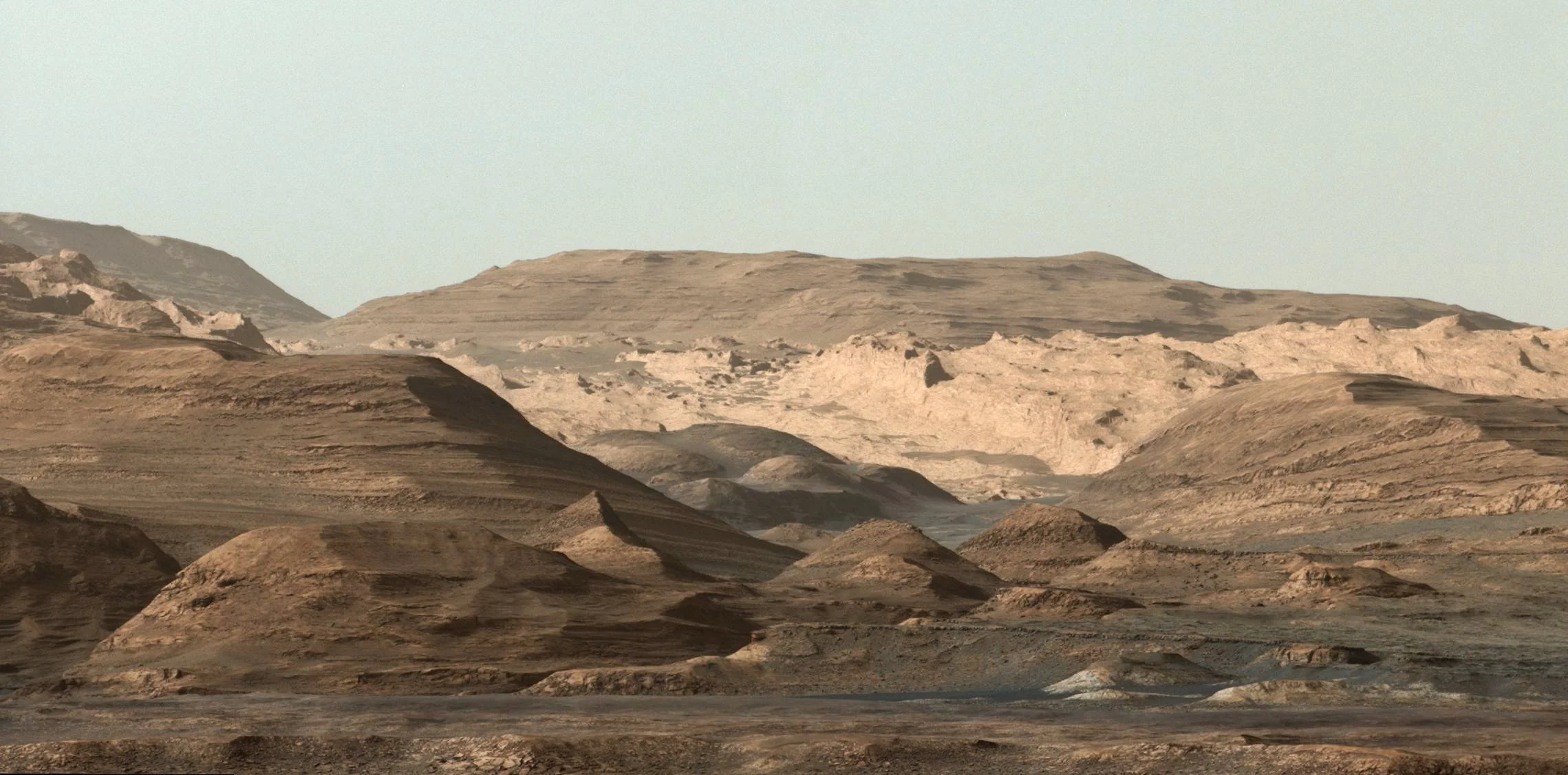Approximately 4 billion years ago, Mars was an entirely different place compared to the cold and dry wasteland we know it to be today. Evidence shows that it had numerous flowing rivers and lakes. Many of these ancient rivers and lakes left behind marks and etchings that we can still observe today. Naturally, the question arises, where did all that water go?
The prevailing hypothesis has been that a lot of it has evaporated with the remainder stored in the form of ice on Mars' north and south pole.
However, a mystery arose after it became clear that not enough evaporation has taken place to account for the disappeared water. In addition, satellite observations showed that there isn’t enough ice to account for even the lowest of estimates for the amount of water that was once there.
So, where did missing water go? A team of two researchers from Binghamton University thinks they may have found the answer. They published their findings in Icarus, a science journal dedicated to planetary science.
Ancient Mars was a very different place… (Image Credit: Ittiz via Wikimedia Commons / Edited by Universal-Sci)
The main discovery described in the paper is that iron-rich smectite (a group of clay minerals) can exist at higher temperatures than previously thought. It can hold itself up to 600 degrees Celcius.
The team determined in the lab by literally heating up and squeezing materials to find their limits instead of the traditional way of visiting mountains and looking at rock formations.
So why is this important?
The scientists hypothesize that the missing martian surface water may have disappeared underground, sealed in clay. But there has to be enough of it to contain the vast amount of missing water.
As the least thermally stable form of smectite, it has been presumed that iron-rich smectite cannot exist deep beneath the surface of Mars. Now that it has been determined that it can withstand temperatures of up to 600 degrees. Celcius, it turns out that it can actually exist at depths of up to 30 kilometers.
All of this means that iron-rich smectite can potentially form a vast reservoir that is large enough to account for the 'missing surface water' on the red planet.
How to test this theory without drilling on Mars?
The fact that it is extremely difficult and expensive to get equipment to mars means that it is (currently) not impossible to drill deep enough to verify the team's theory.
Luckily there exist some features on mars that could help us out, namely impact craters. While there are only about 120 identified impact craters on Earth, Mars is literally littered with them; it has over 40,000 impact craters have a diameter greater than 5 kilometers.
Satellites can remotely collect mineralogy-related data by analyzing light reflected from the surface. So it is possible to set up future studies that can help confirm whether clay minerals really are the main water reservoir on Mars.
Sources and further reading:
If you enjoy our selection of content, consider subscribing to our newsletter - (Universal-Sci Weekly)
FEATURED ARTICLES:









